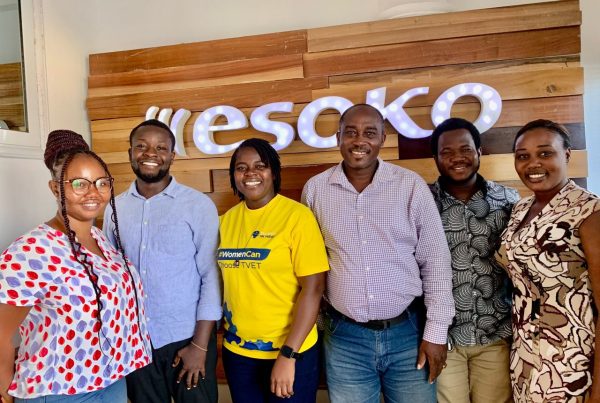We all know about Africa’s developmental challenges. There are a million and one articles which address rising poverty and hunger levels, corrupted institutions and slow growing economies founded on inefficient commodity value chains.
In order to improve the livelihoods of the continent’s most vulnerable, many government agencies and NGOs implement intervention programs targeted at the agriculture, health and education sectors, among others. World Bank research shows that between 2010 and 2014 alone, $360billion was spent on social safety net programs on the continent for 1.9 billion beneficiaries.
Although these programs are designed with good intentions, often times their implementation is rift with loopholes which render them ineffective. How do we explain a continent that has received trillions of dollars in aid with no significant outcomes? Are these social protection programs not being implemented properly? Or is it that monitoring and evaluation efforts are inefficient; thus we are unable to determine their real impact?
At Esoko, we believe that either way, good quality data can help improve implementation and monitoring activities for agencies seeking to target and serve poor rural communities. Our vision is to help improve the social protection and agricultural space through digital data collection for medium to large scale surveys. So how do we aim to achieve this?
State of the art data collection solution

Bio-metric data collection with Insyt technology
With Insyt, our state of the art data collection technology, agencies can collect basic information, bio-metric data (fingerprint and facial) and measure farmlands through GIS mapping. The mobile technology works both online and offline, which is useful in remote communities with bad network connection – a common phenomenon in Africa. Once the device has network connection, the data is synced to a web enabled reporting dashboard.
So far Esoko has profiled 2.2 million individuals, of which 695,000 are bio-metric profiles; surveyed 500 thousand households; and mapped 104,000 acres of farm land – through projects including UNICEF sponsored Livelihood Empowerment against Poverty (LEAP); World Bank financed Ghana National Household Registry (GNHR); and AGRA sponsored Planting for Food and Jobs’ Program.
Well-proven methodology for deploying teams to the remotest area

Insyt enumerator in the field
With over 10 years’ experience collecting data from hard to reach areas in Africa, we have developed and honed our deployment management practices. This includes recruiting, training and managing agents to collect accurate data from the field. Features of our web enabled reporting dashboard allow us to track agent activities and performance.
Our current field force capacity is a little over 1,200 including coordinators, supervisors and enumerators, spread across the whole country.
Gaining insight into your data

Real-time reporting dashboard
Insyt features user-friendly dashboards to help clients track all data coming in and activities on the field in real time. We use a range of data visualization formats including pie charts, graphs and tables to represent data in an easy and simple way, which can be downloaded and shared as a comprehensive report.
For the Planting for Food and Jobs program, MoFA tracks activities such as number of farmers profiled, number of districts profiled and total farm size mapped. To monitor time-efficiency, the PFJ dashboard tracks the performance of each field enumerator by measuring their output over time i.e. number of farmers profiled. This information can be viewed in real-time and is used by deployment supervisors to manage teams effectively.
Scoring and verifying beneficiaries for improved targeting

Input dealer uses verification system
Scoring and verifying beneficiaries is a critical process for social protection/agricultural programs which involve disbursement of cash and other goods. This is in order to ensure correct targeting, that the right beneficiaries receive what is due to them.
Under the LEAP project, the data collected was fed into a scoring algorithm which mechanized the targeting process, making it fair and free of external influences as to who qualified as a beneficiary. Further, the data was used to verify beneficiaries at the point of collection to ensure benefits were received by the right people. Our solution also integrates with mobile money and other local payment gateways allowing for secured bulk payments to rural communities.
Through all this, our ultimate aim is to improve the lives of the underprivileged and vulnerable in Africa by filling the huge data gap in our system one project at a time.


